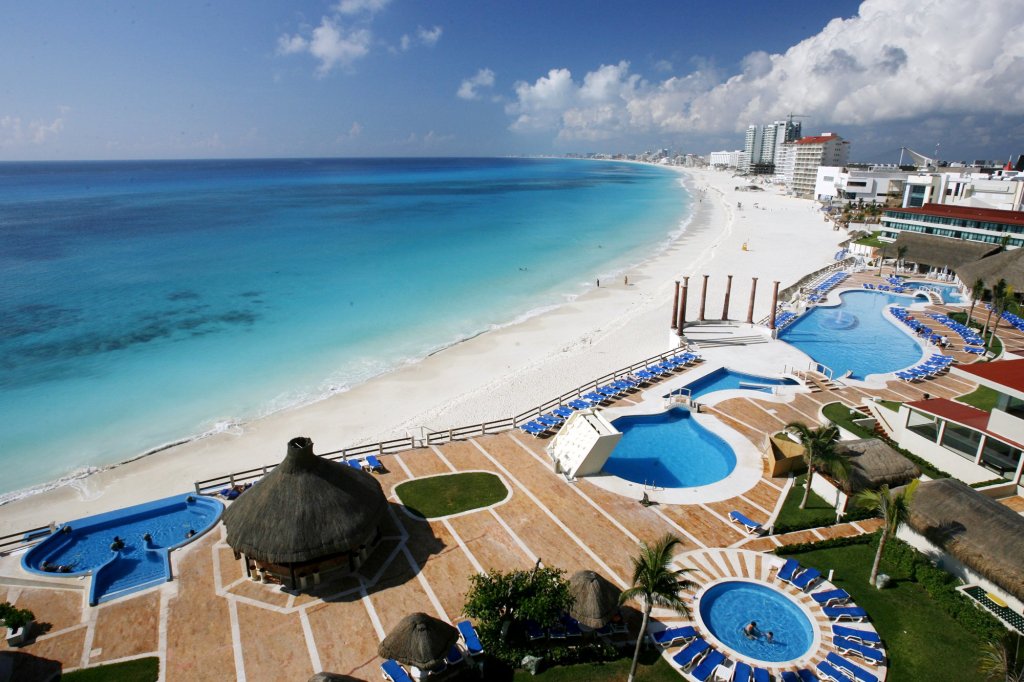By Nikki Ekstein
When the US Department of State released a spring break travel advisory on March 13 warning travelers to take extra caution when visiting Mexico, the message rippled far, wide and fast. Broadcast news disseminated scary stories of illegal drugs and gang crime as reasons to reconsider vacation plans—most tragically, the early March kidnapping of four American medical tourists in Matamoros, on the Texas border, two of whom were found dead.
“It’s like clockwork,” says Zachary Rabinor, the American founder of travel agency Journey Mexico. “Every year preceding spring break we get the same wave of sensationalism. People need eyeballs, and what better way than fearmongering? In some ways it’s the clearest sign yet that we’re done worrying about the pandemic.”
In reality, he says, no new travel advisories to Mexico have been issued by the State Department since last October, in which the updates to the existing warning related to additional public-health information, not crime. The spring break alert, meanwhile, asks visitors to be mindful of several factors—the list includes 10 points ranging from illegal drug activity to counterfeit medication to the risk of drowning.
On crime, it asks Americans to “exercise increased caution in the downtown areas of popular spring break locations including Cancún, Playa del Carmen and Tulum, especially after dark,” on the basis that “crime, including violent crime, can occur anywhere in Mexico, including in popular tourist destinations.” (Never mind that it can also occur anywhere else in the world.)
“Most of Mexico remains at a Level 2 warning, which is the same that applies to countries like France, Spain, Italy and more,” says Rabinor.
Why Warnings Happen
Mexico is a big, varied country, not a monolithic destination. The most common spring break locations, in the states of Quintana Roo (Cancún, Tulum, Playa del Carmen) and Baja California Sur (Los Cabos), are currently ranked…
Read the full article here







